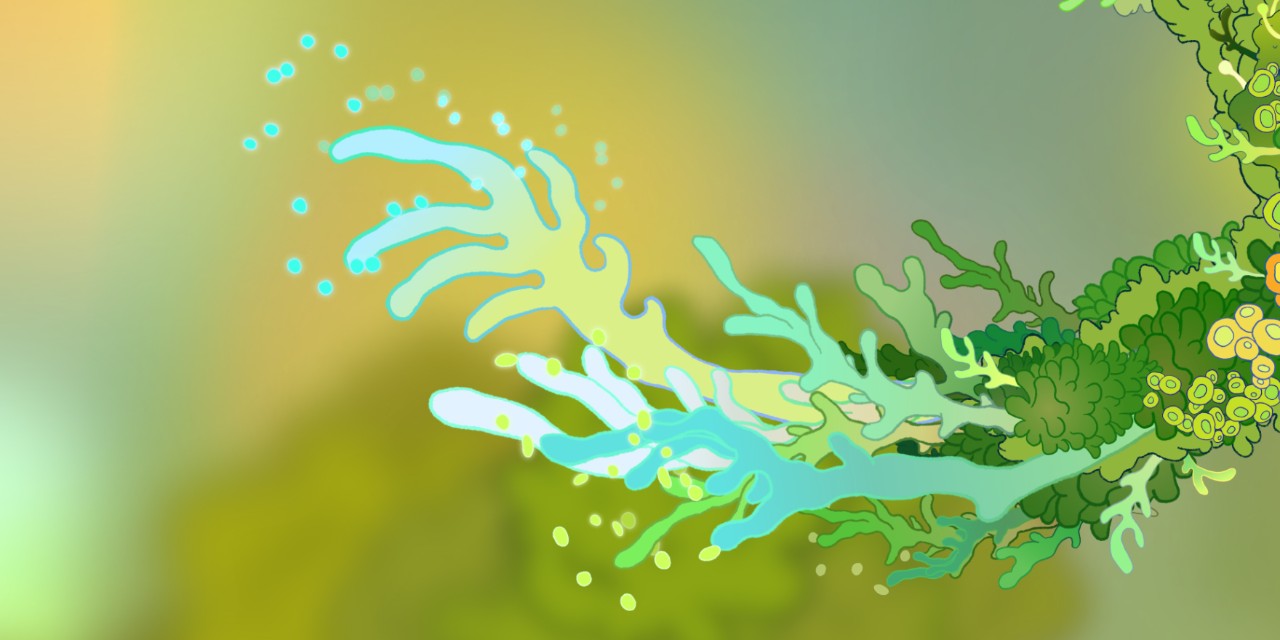Catherine Slilaty

About the Artist
Catherine Slilaty is a multidisciplinary artist working with animation and drawing: she holds an MFA in Film Production & a BFA in Film Animation, both from Concordia University. Her current practice is focused on examining our relationship to the natural world and the interconnections between organisms at all scales. In her work, she depicts otherworldly creatures which embody transformation as an act of resilience and self-making. Inspired by microorganisms, plant life, and the interior structures of organic life, these beings act as celebratory vessels for hybridity and ambiguity. The plasticity of their bodies evokes playfulness and familiarity, while remaining uncanny and unsettling: through this duality, these beings propose a fluid notion of identity and what it means to be a living being.
Her films have screened in Montreal, Toronto, New York, Buenos Ares, Ionia and Annecy. Her MFA Thesis Porous Bodies (2022), a research-creation project, explored the concept of the monstrous creature repositioned as a celebratory vessel to engage with flux, transformation and kinship. The main studio component of this work, Moundform (2020), is an experimental short animated film which depicts a monstrous, abstracted creature in emergence: an amalgamation of creatures and ecosystem, this vast body undergoes various transformations powered by resilience. Moundform was awarded Best Experimental film by the Flickers' Rhode Island International Film Fest in 2021.
 Still from "Structures of Symbiosis: Weaving the Cradlegreen", by Catherine Slilaty
Still from "Structures of Symbiosis: Weaving the Cradlegreen", by Catherine Slilaty
Structures of Symbiosis: Weaving the Cradlegreen
Work Presented at Bouclair from February 5th to March 17th, 2024
Upon closer inspection, many organisms which appear to be a single body are in fact an arrangement of various living beings, from entirely different species. Such is the case for lichen: a multi-organism structure formed from the relationship between species of algae, cyanobacteria and various types of fungus, which together can grow on almost anything and anywhere. Structures of Symbiosis: Weaving the Cradlegreen depicts the speculative evolution of a lichen-creature, which has grown into a complex composite form where various species of lichen and their symbiont components exist both distinctly and as part of a greater whole. Embodying a collective of relationships, Cradlegreen highlights interconnectedness between organic life as a strategy for survival and beyond. By challenging our notions of what constitutes a body and how it can relate to the living beings in its environment, the work positions kinship as a foundation for resilience: a place where new growth can take root.
